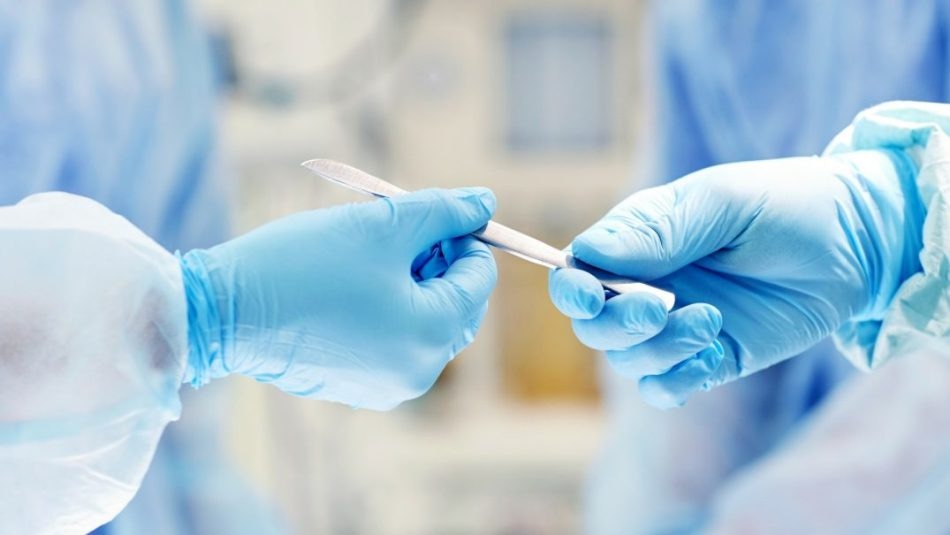Aug 7 2017
University of Minnesota Associate Professor Michael McAlpine and his team of researchers developed a technology enabling them to 3D-print flexible sensors onto curved and organic surfaces.
 Credit: University of Minnesota
Credit: University of Minnesota
What sounds like the beginning of a dystopian science-fiction movie is actually a huge scientific advancement for both, 3D printing and robotics. At drupa we are always looking for unique ways in which 3D printing can be used to further advance technological developments. University of Minnesota (UMN) associate professor for mechanical engineering, Michael McAlpine and his team of researchers developed a technique allowing them to 3D-print stretchable tactile sensors onto curved surfaces such as model hands. This technique might even enable the scientists to print sensors directly onto human skin. This is made possible by the fact that the “ink” used can set at room temperature which is impossible to achieve for regular 3D printing “ink”.
Great Benefits for Surgeons
McAlpine first got international recognition when he created the “bionic ear” combining electronics and nanomaterials. His newest achievement in 3D printing, though, might be a complete game-changer. Printing tiny little sensors onto skin could be used for health monitoring in diverse situations. However, it might revolutionize how surgeons work in the OR.
“Putting this type of ‘bionic skin’ on surgical robots would give surgeons the ability to actually feel during minimally invasive surgeries, which would make surgery easier instead of just using cameras like they do now”,
McAlpine says.
McAlpine also mentions that the technology can and probably will be used in order to “make it easier for other robots to walk and interact with their environment”, thus making them a bit more human.
Unique 3D Printer Prints Multiple Layers Creating Sensors on Skin
The sensors are printed with a 3D printer that has been developed solely for this purpose. It prints the multiple layers making up the sensor through four nozzles. The first layer consists of silicone and is used as the base of the sensor, keeping it flexible. The next step is the top and bottom electrodes made of conducting ink. Then comes a coil-shaped pressure sensor. The last layer is put on top in order to keep all of the other layers in place while they set. It is removed in the last step of processing, allowing the sensor to work while remaining flexible.
When asked, Michael McAlpine replied:
„This is a completely new way to approach 3D printing of electronics. We have a multifunctional printer that can print several layers to make them flexible sensory devices. This could take us into so many directions from health monitoring to energy harvesting to chemical sensing.”
Whatever direction this technology will go, we would be really happy if McAlpine visited us at drupa 2020. Looking forward to seeing you, Michael!